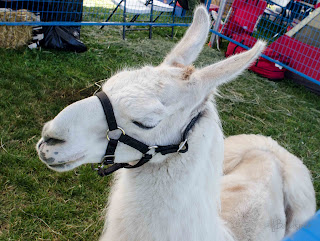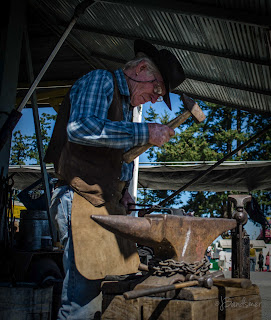Up here in Victoria BC, it doesn't reeeeeaally get very cold, although some people say the damp cold is worse than the prairie -30degrees (Celsius). I usually wear about four layers (plus a coat if I'm outside) during our mild winters.
However, we are not all built alike. In the dead of winter, my cousin still only puts on one layer, maybe a sweater. At all other times she generally resorts to a tank top. I get jealous, because my tank tops only come out in the summer. In direct sunlight. Sigh.
Making clothes out of yummy yarn must come with some thought for WARMTH. Is the person you are making the item for a fan of warmth and coziness, or does he get really sweaty and overheat easily? If you're not sure, and you're trying to keep your knitted goods a surprise, take a few days to analyze what he or she wears - sweaters, scarves, gloves, layers... or a button-up cotton shirt and a light coat? Once you know, here are some tips for picking the right yarns for your knitted items.
The Cool Stuff
- Plant fibers (cotton, linen, hemp) will pull heat away from the body, and help keep you cool. These are heavier yarns, though. So if you make a sweater purely out of these, especially if it is a chunky yarn, or if the sweater has fancy cables and other stitchwork, be aware that your finished product will be HEAVY.
- Consider getting a mix of cotton and wool, especially for a sweater... the wool will help give the piece more elastic, help it keep its structure, and the wool also absorbs and releases moisture = "breathable." So wools will help keep moisture and heat from being trapped against your body.
- Consider a cardigan... then you can wear it open if it's a bit too hot :)
The Warm Stuff
- Cashmere. Very warm. About 8 times more so than wool.
- Alpaca. Not quite as warm as cashmere. But still about 3 times warmer than wool.
- Acrylic and other synthetic fibers. These do NOT BREATHE. Even I, the Ice Woman of the West, will sweat in acrylic if I'm not in a cool environment. Be aware of this before you knit anything in a pure acrylic yarn. Personally, I stay away from such yarns at all cost. Do you have an acrylic blend with a natural fiber? A MUCH better idea.


































